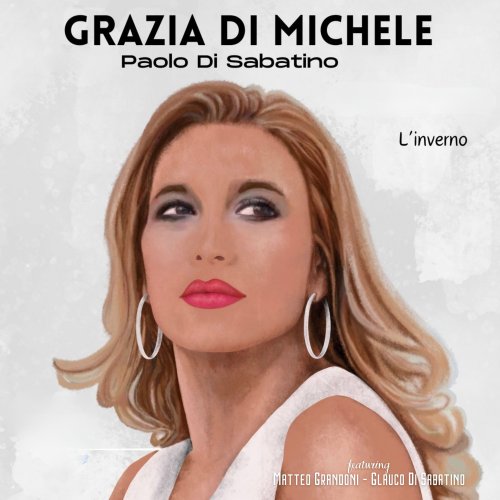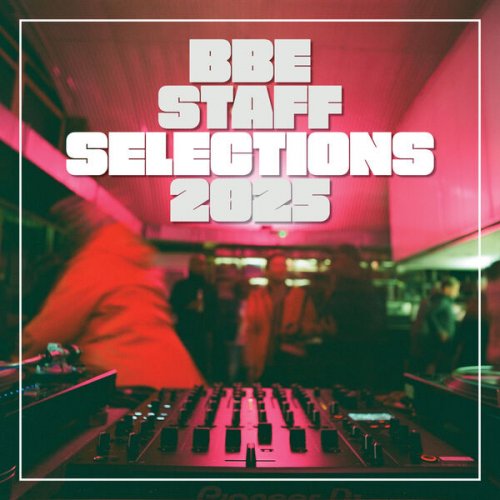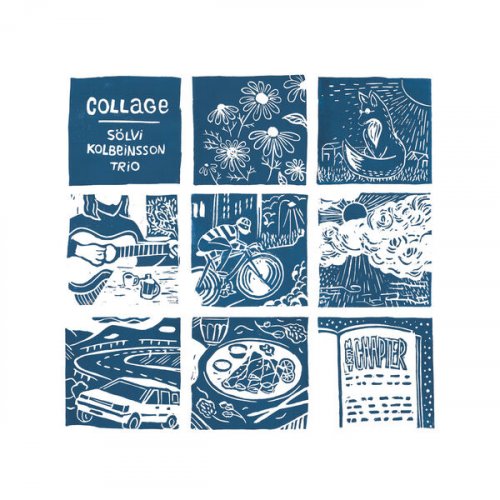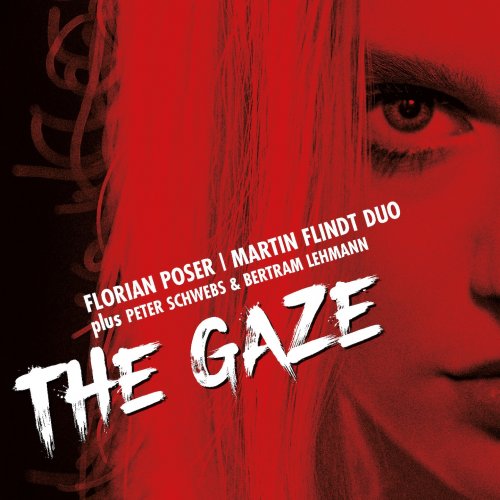Peter Sykes - Johann Sebastian Bach: Preludes, Fantasies & Fugue (2014)
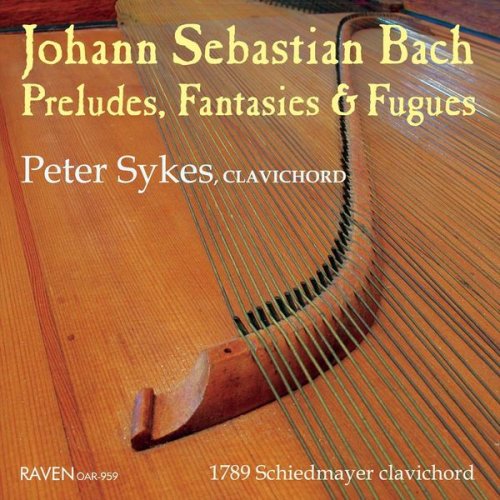
Artist: Peter Sykes
Title: Johann Sebastian Bach: Preludes, Fantasies & Fugue
Year Of Release: 2014
Label: Raven
Genre: Classical
Quality: FLAC (tracks)
Total Time: 59:59
Total Size: 330 MB
WebSite: Album Preview
Tracklist:Title: Johann Sebastian Bach: Preludes, Fantasies & Fugue
Year Of Release: 2014
Label: Raven
Genre: Classical
Quality: FLAC (tracks)
Total Time: 59:59
Total Size: 330 MB
WebSite: Album Preview
1. Peter Sykes – Prelude, Fugue, and Allegro in E-Flat Major, BWV 998: Prelude (04:02)
2. Peter Sykes – Prelude, Fugue, and Allegro in E-Flat Major, BWV 998: Fugue (06:06)
3. Peter Sykes – Prelude, Fugue, and Allegro in E-Flat Major, BWV 998: Allegro (02:33)
4. Peter Sykes – Fantasy on a Rondo in C Minor, BWV 918 (05:22)
5. Peter Sykes – Praeludium and Fughetta in G Major, BWV 902 (08:19)
6. Peter Sykes – Prelude and Fugue after Albinoni in B Minor, BWV 923: Prelude (02:55)
7. Peter Sykes – Prelude and Fugue after Albinoni in B Minor, BWV 951: Fugue (09:10)
8. Peter Sykes – Fantasy and Fugue in A Minor, BWV 904: Fantasy (03:12)
9. Peter Sykes – Fantasy and Fugue in A Minor, BWV 904: Fugue (05:44)
10. Peter Sykes – Chromatic Fantasy and Fugue in D Minor, BWV 903: Chromatic Fantasy (07:20)
11. Peter Sykes – Chromatic Fantasy and Fugue in D Minor, BWV 903: Fugue (05:12)
This recording brings together familiar and less familiar keyboard works of Bach performed on an original clavichord. Whether any of them were “intended” for the clavichord is unimportant; it is very likely that this music was played on any keyboard instrument at hand. Important is the matter of what sorts of musical ideas can be realized on the clavichord in contrast to the other keyboard instruments available in Bach’s day or in our day. The flexibility of clavichord tone color, the intimacy of touch, the preciseness of articulation, not to mention the dynamic range produced by touch inflection offer the player an opportunity to shape musical phrases on a small and large scale that far surpasses the capabilities of any other keyboard instrument. This recording is offered in tribute to those possibilities, with hopes that the music may be experienced in a different and perhaps more subtle light than the ways in which it is more often encountered.
The Prelude, Fugue and Allegro, BWV 998, titled in the manuscript “pour la luth ò cembal”, is an attractive three-part work. The Prelude is reminiscent of the E-Flat Major prelude from book II of the Well-Tempered Clavier; the Fugue (one of only three in Bach’s output in da capo form) in its middle section calls to mind the F minor prelude from book I, and the Allegro is very similar to the last movement of the organ Pastorale, BWV 590. The Fantasy on a Rondo, BWV 918, is an extended two-part invention in imitative counterpoint, similar in some ways to the Duetti of Clavierübung part III but with a polonaise-like rhythm in the rondo, which recurs fully only at the very end. Dense and complex, this piece displays the argumentative nature of two-part writing in brilliant fashion. The Fugue of BWV 902 is an early version of BWV 860, the G Major Fugue from book I; the prelude is in some ways reminiscent of the Fantasy, BWV 904. The Praeludium, BWV 923, is similar in some ways to the Chromatic Fantasy in its combination of rushing scales, recitiative-like sections and arpeggiated chords, while the Fugue, BWV 951, is one of Bach’s more extended works in that form. The Fantasy of BWV 904 is in ritornello form, with the opening section recurring in different tonalities, while the fugue is a double fugue, combining both subjects at the end. The Chromatic Fantasy and Fugue, BWV 903, is one of Bach’s more famous keyboard works, and deservedly so, due to its strong emotional tone, virtuoso demands, and dramatic character, all of which are shown to great advantage when played on the clavichord.
Peter Sykes
The Prelude, Fugue and Allegro, BWV 998, titled in the manuscript “pour la luth ò cembal”, is an attractive three-part work. The Prelude is reminiscent of the E-Flat Major prelude from book II of the Well-Tempered Clavier; the Fugue (one of only three in Bach’s output in da capo form) in its middle section calls to mind the F minor prelude from book I, and the Allegro is very similar to the last movement of the organ Pastorale, BWV 590. The Fantasy on a Rondo, BWV 918, is an extended two-part invention in imitative counterpoint, similar in some ways to the Duetti of Clavierübung part III but with a polonaise-like rhythm in the rondo, which recurs fully only at the very end. Dense and complex, this piece displays the argumentative nature of two-part writing in brilliant fashion. The Fugue of BWV 902 is an early version of BWV 860, the G Major Fugue from book I; the prelude is in some ways reminiscent of the Fantasy, BWV 904. The Praeludium, BWV 923, is similar in some ways to the Chromatic Fantasy in its combination of rushing scales, recitiative-like sections and arpeggiated chords, while the Fugue, BWV 951, is one of Bach’s more extended works in that form. The Fantasy of BWV 904 is in ritornello form, with the opening section recurring in different tonalities, while the fugue is a double fugue, combining both subjects at the end. The Chromatic Fantasy and Fugue, BWV 903, is one of Bach’s more famous keyboard works, and deservedly so, due to its strong emotional tone, virtuoso demands, and dramatic character, all of which are shown to great advantage when played on the clavichord.
Peter Sykes


